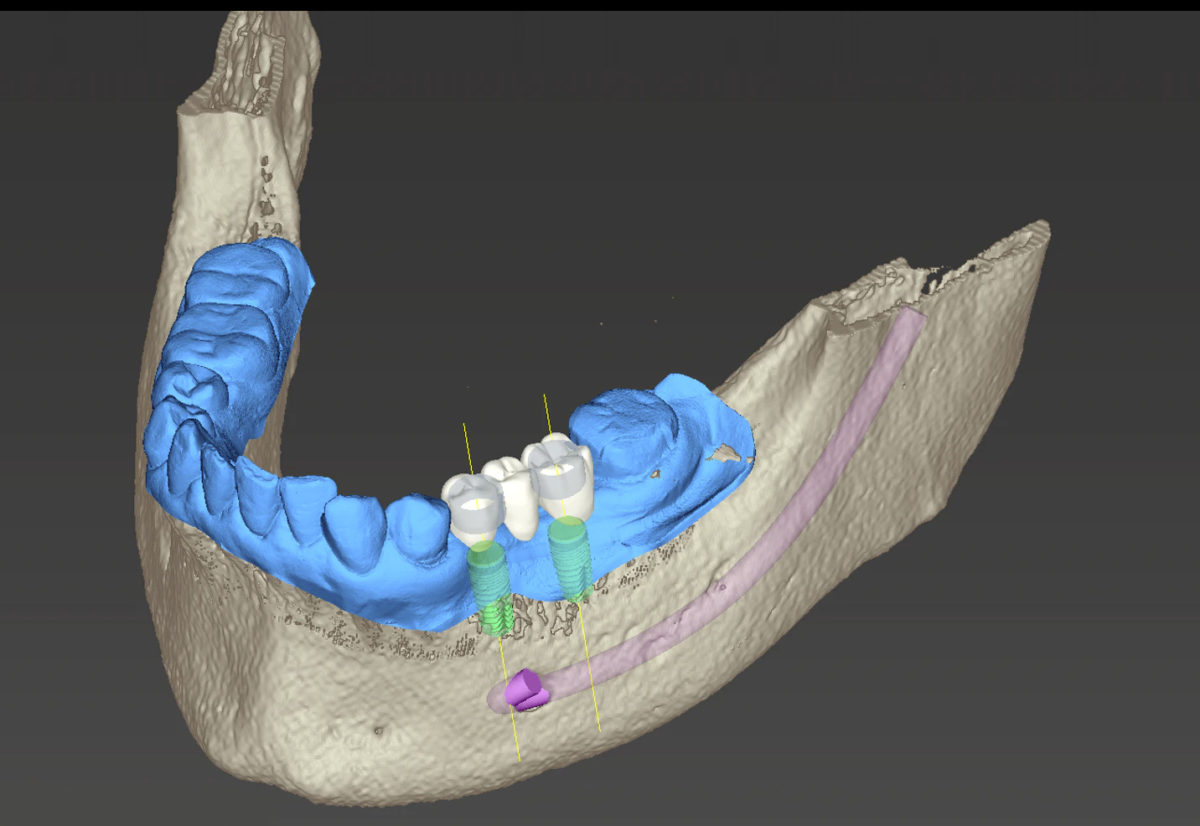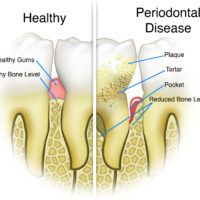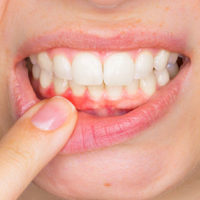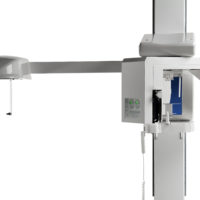Computerized axial tomography scans (aka CAT or CT scans) were pioneered in the early 1970s by British engineer and EMI Laboratories employee, Godfrey Hounsfield, with additional contributions made by physicist Allan Cormack of Tufts University (both received Nobel Prizes for their efforts). Essentially, CT scans are multiple-beam X-rays transformed into much-greater-detailed and three-dimensional images capable of rendering soft-tissue and other bodily structures that would be missing from conventional X-rays. Long used in medicine, they have more recently been applied to dramatically refine dental procedures. For 20/20dentistry, such scans—performed in seconds and with less associated radiation than a traditional set of dental X-rays—are used to diagnose problems in root canal treatment and to help detect cysts and tumors in the jaw and around teeth, among other procedures, but one of the technology’s most paradigm-changing uses is in the placement of dental implants.
Prior to CT’s arrival in the field, implants—permanent replacement of missing teeth in the jawbone—were a greater challenge to dentists because of X-rays’ inability to accurately depict bone structure and density, along with blood vessels, nerves, sinuses, and other fine details. At best, this required a more invasive, painstaking implant procedure of avoiding such structures, complicating and slowing the treatment process. At worst, a mistake in placement could be made. With the advent of CT imaging, all vital structures are vividly displayed in axial (360°), panoramic, and cross-sectional views. The ideal type, size, and site of an implant can then be selected, and the entire procedure mapped out and rehearsed virtually, in advance, before your appointment. An occasional follow-up scan can be a terrific additional assist—evaluating instantly any changes to the implant’s function or position.
The result is a replacement tooth that requires fewer visits, with reduced recovery time, minimized complications, and with better function.
The proverbial win-win-win-win!







